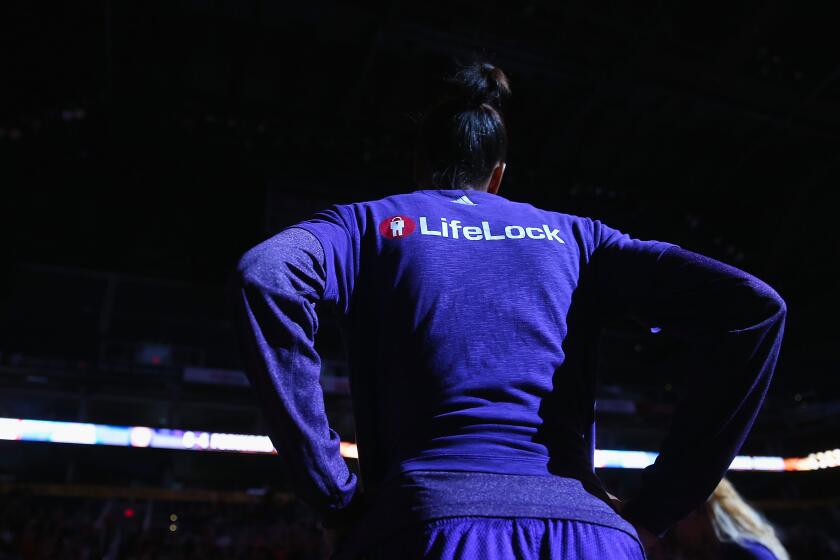How to shop on social media the smart way

After Ziwei Cong bought some sweatpants that caught her eye during a livestream shopping event on social media, she was disappointed when they arrived and didnât fit well.
âItâs very easy for me to become irrational during these kinds of shopping events,â said the assistant professor of marketing at Georgetown Universityâs McDonough School of Business. She said the hosts can be very persuasive and hook you with limited- time offers to trigger impulse purchases.
Social shopping is booming. Thatâs when you make a purchases made through social media sites, which sometimes incorporate livestreaming events with influencers.
Almost half of U.S. consumers (47%) say theyâve made a purchase on social media, and 39% say they have bought that way and would do so again, according to 2022 data in a report released in April by the market intelligence agency Mintel.
âShopping on social media has really taken off more with younger consumers. Theyâre on their phones more and on social media more often, so itâs easier to purchase via social media when they find a product they like,â said Katie Hansen, senior retail and e-commerce analyst at Mintel and author of the report.
Despite its popularity, social shopping also comes with risks, most notably overspending, as Congâs experience illustrates. The excitement, discounts and limited quantities can lead to unplanned (and regrettable) purchases. Shopping experts suggest the following guideposts when engaging in social shopping.
Roaming the aisles of Target has become a form of self-care for some people, especially young women â a trend the retailer has amplified on social media and profited by.
Proceed slowly
Social shopping so easily leads to overspending, Cong said, because itâs so engaging. âItâs a more direct and interactive way to communicate with consumers, and it boosts the perceived experience of the product,â she said, especially if a shopper sees their favorite influencer using the product.
The flash sales and limited promotions contribute to that rush to purchase, as does the âherding effectâ from seeing other people leave comments and express their desire to buy, Cong said.
To resist those temptations, shopping expert Trae Bodge from TrueTrae.com suggested slowing down and even stepping away from the screen. âMake sure itâs something you want. The sense of excitement and urgency might make you buy something that you havenât properly vetted,â she said. âItâs always good to take a beat.â
Budgeting expert Andrea Woroch advised that if you see something appealing pop up in your feed, instead of buying it immediately, save the link to come back to later, after you take time to consider your budget. âThat will avoid any buyerâs remorse,â she said.
A week into my budgeting experience, I felt panicked. I kept glaring at my budget. How was knowing how little money I had left over supposed to help me?
Compare prices, check reviews
Bodge also encouraged shoppers to check other websites for lower prices, look for coupons and leverage cash-back options that might be available outside of social shopping, such as at retailer or brand sites.
Woroch suggested checking customer reviews too. âDo your homework like you would on another shopping site to make sure itâs the quality you expect. A lot of people overlook that when they do social shopping,â she said â one reason why the âwhat I ordered versus what I gotâ meme is so popular on social media.
In some cases, making returns for items purchased through social shopping can be more of a hassle, so itâs worth checking the return policy in advance, Woroch said.
Is identity theft insurance worth the expense? What do identity theft protection companies such as LifeLock and Aura do? Hereâs what to consider.
Donât overshare
Although social shopping can feel like a community experience, itâs worth remembering that your public comments are visible to strangers, and itâs important to keep personal details private, Bodge says. âDonât overshare, and never put your credit card or address in the comments,â she said.
Bodge also advised against leaving the social media platform to enter payment information on a third-party site, which could be a scam, and she encouraged people to use a credit card to make purchases for added fraud protection.
Woroch pointed out that phones will sometimes automatically connect to available public Wi-Fi networks, which can leave you vulnerable to hackers when you are sharing payment information online. She suggested avoiding social shopping on public Wi-Fi networks.
With those precautions in place, social shopping can be a positive experience for consumers, especially because it allows them to connect directly with brands, including those they might not have otherwise been exposed to through a traditional retailer, said Edward Fox, professor of marketing at Southern Methodist Universityâs Cox School of Business.
âIt democratizes the commercial world and allows smaller brands to get a broader audience than they would otherwise,â he said.
It gives consumers more choices too.
Palmer writes for personal finance website NerdWallet. This article was distributed by the Associated Press.
More to Read
Inside the business of entertainment
The Wide Shot brings you news, analysis and insights on everything from streaming wars to production â and what it all means for the future.
You may occasionally receive promotional content from the Los Angeles Times.













